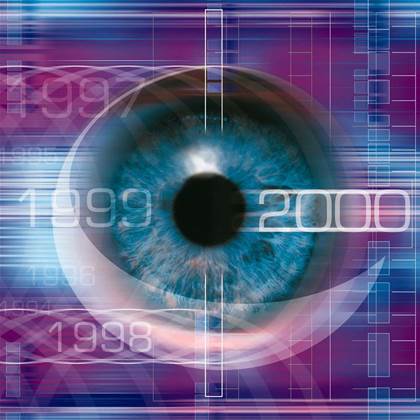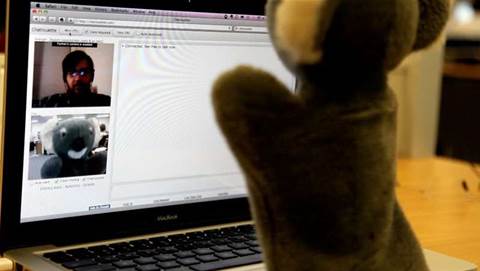
The system uses a camera mounted on a pair of glasses that takes 16-pixel images and relays them to a processor held on the belt. This signal is sent to an electronic implant in the head which displays the image on the retina.
"It is amazing how much our subjects have been able to do even with 16 pixels," Professor Mark Humayun, of the Doheny Eye Institute at the University of Southern California, told The Guardian.
"We thought from simulations that 16 pixels would only give distinction between light and dark and maybe some grey scale. We were completely wrong."
The system is already being upgraded to cover 60 pixels and the implant has been shrunk so that it can be embedded in the eyelid. This would cut the operation to install the unit from eight hours to 90 minutes and cut the cost to around £15,000.
At the moment the 16-pixel image is very limited, but with more advanced technology it is thought that a reasonable working eye could be produced.
This would take around 10,000 pixels, but this was the estimate before it was shown how well the brain could process such information.
Professor Humayun said that the implant would not be suitable for everyone, but would work best with those who had been sighted before going blind. The optical nerve also needs to be completely intact.
Singer Stevie Wonder has reportedly been interested in the technology, but as someone who lost his sight as a young child he was not a suitable candidate for the first set of trials.



.png&h=140&w=231&c=1&s=0)






 iTnews Executive Retreat - Security Leaders Edition
iTnews Executive Retreat - Security Leaders Edition











_(1).jpg&h=140&w=231&c=1&s=0)



